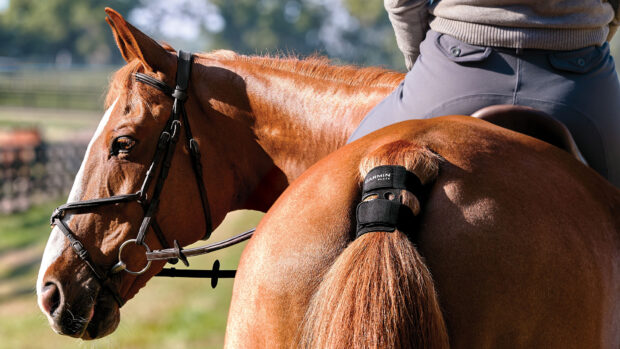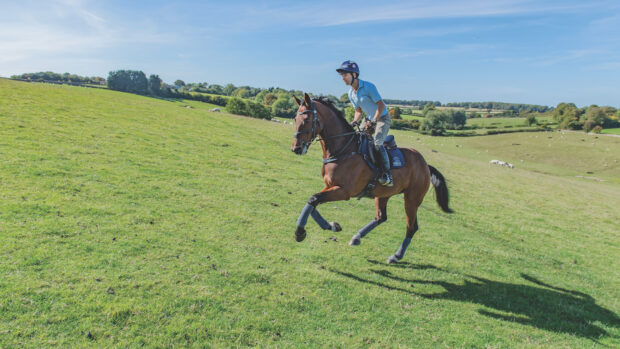Whether you’re gearing up for the start of the eventing season, looking forward to the summer showing circuit or intending to do some dressage and showjumping once the evenings are lighter, your horse’s fitness is likely to be at the forefront of your mind.
But if your horse is a little bit older, coming back to work after some time off or recovering from an injury, what is the best way to proceed? The following five-step fitness plan is a good place to start.
1. Walking in-hand
You can often begin walking the horse in-hand while the injury is still healing. If in any doubt, ask your vet first. Start with five minutes twice per day and walk in straight lines rather than using a horse walker. Mild sedation may be required if the horse has been on box rest for a long period — talk to your vet – or you many find a calming supplement useful.
2. Introduce ridden work at a walk
You should wait until the injury has fully healed to get on board and try to plan in 45min sessions at least four times a week. Any less than this and you won’t see an increase in your horse’s fitness.
3. Progress to trot
A vet should check the injury again before you introduce trot work. Begin with quick bursts — a good rule of thumb is 30sec trotting for every 5mins of walking. The horse should be trotting for at least a month, and ideally eight weeks, before attempting canter.
4. Consider lungeing or long reining
It is advisable to avoid lungeing early in the rehabilitation process, but later on it may be useful. Long reining can be a useful alternative as it allows the horse to go in straight lines instead of being constantly on a circle – and it can help build the handler’s fitness too!
5. Introduce canter work
Cantering should be started slowly and built up gradually. Use boots to protect the horse’s legs when progressing to faster work, and try to stick to straight lines wherever possible. You should also avoid cantering on hard ground or uneven surfaces. Your horse should be cantering comfortably for at least four weeks before you consider jumping.
Remember, every injury is different and a tailored exercise plan should be discussed with your vet.




